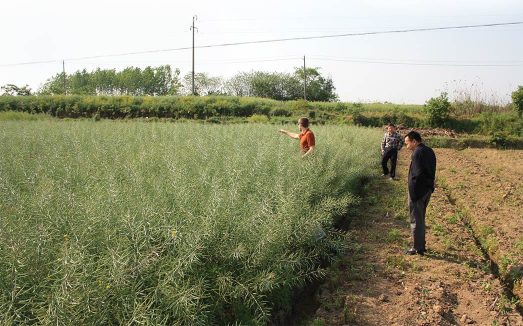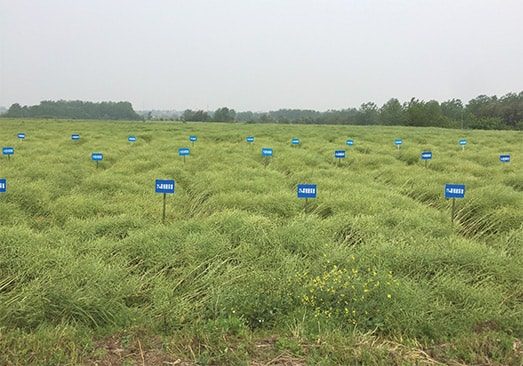Canola and clubroot in China
China is Canada’s No.1 importer of canola seed, but the country also produces 15 million tonnes of Brassica napus canola on upwards of 18.5 million acres. Production and acres are quite similar to Canada’s 19.6 million tonnes on 20 million acres, based on 2016-17 figures. And like Canada, China also has a challenge with clubroot.
We went to China to attend the International Clubroot Workshop in Wuhan, hosted by the Huazhong Agricultural University. The workshop consisted of research updates and results from institutes all over the world along with clubroot field tours and Chinese agricultural tours. China was the ideal host country because they grow numerous host crops for the clubroot pathogen, Plasmodiophora brassicae. These crops include Chinese cabbage, turnips, radishes, broccoli, cauliflower, rapeseed and canola.
The disease was first found in the Hubei province in 2009, and since then has spread rapidly throughout the country. Chinese agricultural practices of intensive tillage, field flooding and draining for rice production, and movement of livestock contributed to this rapid spread.

Highlights from the International Clubroot Workshop
Messages from the workshop that will be of interest and relevance to Canadian farmers, extension staff and researchers are:
- Clubroot is an obligate parasite which means it cannot complete its lifecycle without exploiting a suitable host. For clubroot, this means a brassica species. Crop rotation with non-host crops and weed control to remove brassica weeds and volunteer canola will keep resting spores from completing their lifecycle.
- Like Canada, China is finding that increased cultivation of the same variety allows for the resistance to quickly become broken down. Breeding for resistance is considered one of the best methods to control the disease, but canola has limited variability in sources of resistance. Some strategies for continued success in resistant breeding is to use genes from distant species to help broaden resistance resources in canola and to look towards pyramiding current resistance genes.
- In China, clubroot resistance is controlled by one single dominant gene. They have been looking for new novel germplasms for clubroot resistance and genetic improvements for disease-resistant Brassica napus. By taking turnip, radish and Chinese cabbage resistance lines and backcrossing them, Chinese breeders hope to have new genetic resources for practical use in B.napus clubroot-resistant cultivars.
- The dominant clubroot pathotypes in China are 4, 7 and 9. The main pathotypes in Canada are 3, 5 and 8.
- In Canada, some findings suggest that Mendel resistance has been almost completely overcome by the new strains of clubroot.
- The need for a standard clubroot severity rating scale and an updated differential set of clubroot pathotypes was expressed throughout the conference. Dr. Stephen Strelkov, clubroot researcher from the University of Alberta, and his team have been working towards creating a Canadian Clubroot Differential (CCD) set which will help characterize new clubroot pathogens.
- A mix of viable and non-viable resting spores can be found from topsoil to deeper in the soil profile. Resting spore concentrations do not decrease with depth. This could reduce the disease management benefit from top-soil amendments.
- Research shows a weak relationship between soil pH and clubroot disease incidence, but a pH of greater than 7.5 does seem to reduce clubroot. Further work on the treatment and termination of clubroot spores using fumigates is underway.


Interesting facts about Chinese canola production
In some areas of China, fields will produce winter varieties of canola for roughly eight months of the year, then they’re flooded to produce rice for the other four months, and then go straight back into canola. Some of these areas have been able to withstand 7,000 years of intense farming while other areas within China and around the world have turned into deserts because of intensified agriculture.
The average farm size in China is 1.5 acres and the country has roughly 300 million farmers. To put that in perspective, Canada has about 43,000 canola growers.
Closing remarks
Although canola production practices in China and Canada have many differences, we both struggle with managing the spread of clubroot. Researchers in both countries would greatly benefit from shared resources to help further understand clubroot and incorporate new sources of resistance to manage the disease. This canola cooperation could also provide benefit beyond the battlegrounds of clubroot management.
By: Justine Cornelsen and Ian Epp





